| AS - 21 Consolidated Financial Statements |
495 |
- Section I Case Studies on Rules for Preparing Consolidated Balance Sheet
|
495 |
- Section II Very Basic Problems -
|
500 |
- Consolidated Balance Sheet Date on Date of Acquisition date itself
|
500 |
- Section III Very Basic Questions – Consolidated Balance Sheet Date not on acquisition date but at a later date
|
511 |
- Section IV Problems with Special issues
|
523 |
- Special Issue no. 1 Inter-company owing + Unrealised Profits (Downstream Transaction)
|
523 |
- Special Issue no. 2 Abnormal loss (goods destroyed by fire) + Special Issue no. 1
|
530 |
- Special Issue no. 3 Revaluation of Assets
|
534 |
- Special Issue no. 4 Bonus Issue
|
545 |
- Special Issue no. 5 Dividend for Last Year
|
551 |
- Special Issue no. 6 Dividend for Current year – Proposed Dividend
|
563 |
- Special Issue no. 6 Preference Share Capital (PSC) of Subsidiary company
|
572 |
- Section V Advanced Problems (With some special issues in each question)
|
576 |
- Section VI Consolidated Profit & Loss Account
|
593 |
| AS 23 Accounting for Investments in Associates in Consolidated Financial Statements |
605 |
| AS 27 Financial Reporting of Interests in Joint Ventures |
610 |
- Jointly Controlled Operations (JCO)
|
610 |
- Jointly Controlled Entities (JCE)
|
615 |
- Consolidated Financial Statements of a Venturer
|
617 |
| Chapter no. 11 Final Statement of Companies |
622 |
- Section I Questions – Presentation of Items in Schedule III (Division I) + Operating Cycle
|
622 |
- Section II Problems - Managerial Remuneration
|
626 |
- Part I: Theory Questions:
|
626 |
- Part II: Computation of Profits and Managerial Remuneration:
|
626 |
- Part III: Computation of Effective Capital for Managerial Remuneration in case of loss-making company:
|
640 |
- Section IV: Problem - Appropriations:
|
640 |
- Section V Simple Problems – Final Statements
|
642 |
- Section VI Advanced Problems – Final Statements
|
688 |
| Chapter no. 12 Buy Back & Equity Shares with Differential Rights |
702 |
- Section I Theory Questions
|
702 |
- Section II Problems – Without 3 Test
|
704 |
- Section III Problems – With 3 Test
|
718 |
- Section IV Mix Problems – Buy back + Redemption of PSC + Redemption of Debentures + ESOP + Bonus
|
746 |
- Section V Equity Shares with Differential Rights – Theory Questions
|
762 |
- Section VI Equity Shares with Differential Rights – Practical Problems
|
763 |
| Chapter No. 13 Amalgamation |
766 |
- Section I Computation of Purchase Consideration
|
766 |
- Section II Problems – How to Adjust difference in takeover entry in case of Merger + How to Identify the difference in takeover entry in case of Purchase
|
773 |
- Section III Basic Problems - Merger
|
778 |
- Section IV Advanced Problems - Merger
|
787 |
- Section V Basic Problems – Transactions Pre- Amalgamation: (In case of Purchase)
|
790 |
- Section VI Basic Problems - Purchase
|
793 |
- Section VII Advanced Problems - Purchase
|
862 |
- Section VIII Mix Problems – Merger and Purchase
|
899 |
- Section IX Problems – Inter Company Holdings
|
907 |
| Chapter no. 14 Internal Reconstruction |
916 |
- Section I Conceptual Base Building Problems
|
916 |
- Sub-division of shares + Consolidation of shares
|
916 |
- Conversion of shares into stock + Re-conversion of stock into shares
|
916 |
- Conversion of shares into stock + Sub-division of shares (Mix problem)
|
917 |
- Section II Basic Problems – Journal Entries only
|
919 |
- Section III Basic Problems – Journal Entries + Balance Sheet
|
944 |
- Section IV Advanced Problems – Journal Entries only
|
973 |
- Section V Advanced Problems – Journal Entries + Balance Sheet
|
990 |
- Section VI Amalgamation + Internal Reconstruction
|
996 |
| Chapter no. 15 Branch Accounting |
1000 |
- Section I Theory Questions
|
1000 |
- Section II Problems – Debtors Method
|
1001 |
- Goods are sent by Head office to Branch at Cost Price:
|
1001 |
- Goods are sent by Head office to Branch at Invoice Price:
|
1004 |
- Section III Problems – Stock & Debtors Method
|
1016 |
- Section IV Problems – Final Accounts Method
|
1031 |
- Section V Mix Problems – Various Methods
|
1036 |
- Section VI Problems – Wholesale Branch System
|
1044 |
- Section VII Problems – Independent Branches (Journal Entries)
|
1048 |
- Journal Entries – Relating to reconciliation of H.O. A/c and Branch A/c:
|
1048 |
- Journal Entries – Relating to Transactions with Branch:
|
1052 |
- Section VIII Problem – Independent Branches (Branch Balance Sheet)
|
1063 |
- Section IX Problem – Independent Branches (Ledger Accounts)
|
1068 |
- Section X Problem – Independent Branches (Columnar Trading and P&L Account)
|
1070 |
- Section XI Problems – Foreign Branches
|
1073 |
| Chapter no. 16 Multiple Choice Questions |
1100 |
|
|
1100 |
|
|
1102 |
|
|
1105 |
|
|
1108 |
- Preparation of Financial Statements
|
1111 |
|
|
1113 |
|
|
1114 |
|
|
1118 |
- Preparation of Financial Statements
|
1119 |
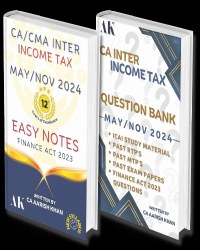
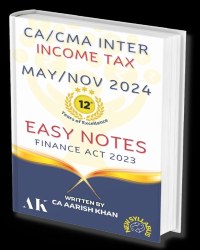
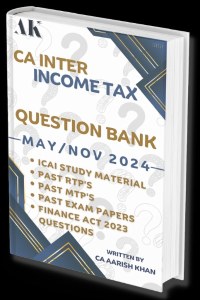
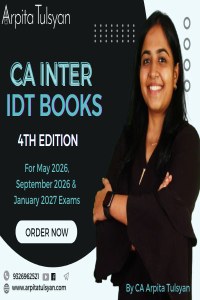


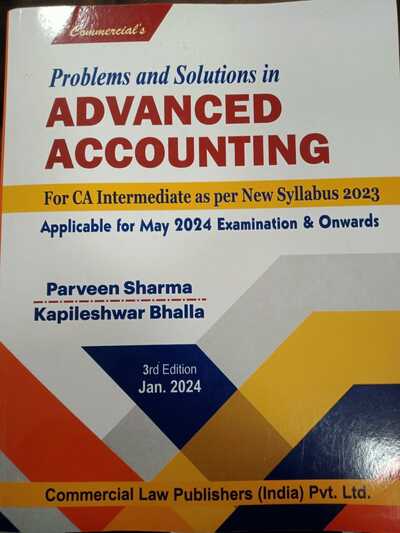
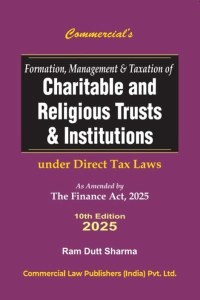
 CAclubindia
CAclubindia
